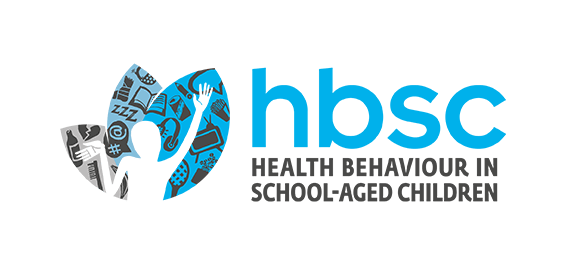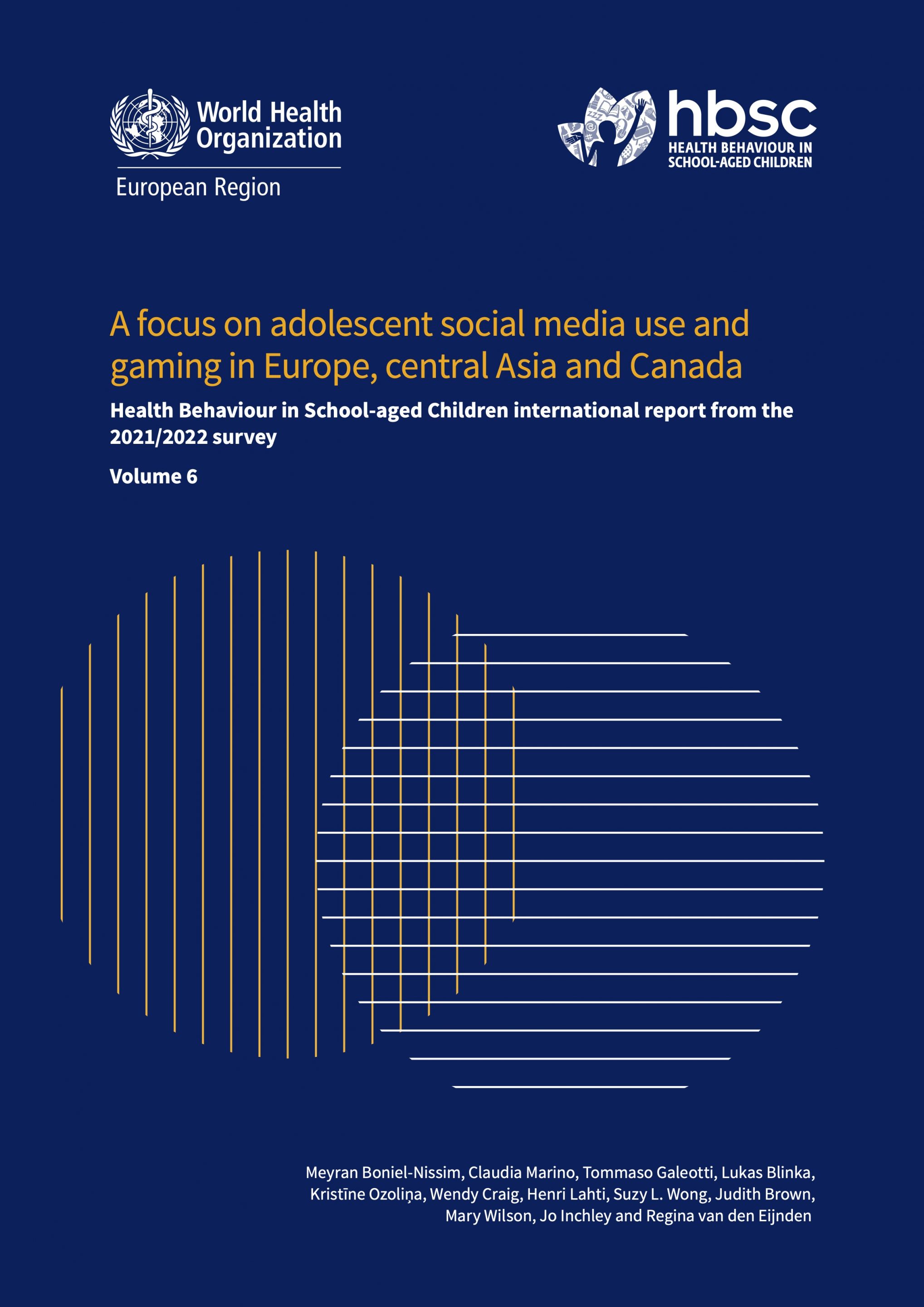Key findings reveal complex digital landscape
- Rise in problematic social media use: The proportion of adolescents classified as problematic social media users increased from 7% in 2018 to 11% in 2022. Girls reported higher levels of problematic use than boys (13% vs 9%).
- High rates of continuous online contact: Over a third (36%) of adolescents reported continuous online contact with friends and others, with the highest rates among 15-year-old girls (44%).
- Prevalence of daily gaming: A third (34%) of adolescents play digital games daily, with 22% playing for at least four hours on gaming days.
- Risk of problematic gaming: 12% of adolescents are at risk of problematic gaming, with boys more likely than girls to show signs of problematic gaming (16% vs 7%).
- Socio-economic disparities: Adolescents from high-affluence families reported higher prevalence of continuous online contact and intense social media use, while those from low-affluence families had the highest prevalence of non-active social media use.
Understanding problematic social media use
Implications and concerns
Dr Hans Henri P. Kluge, WHO Regional Director for Europe, noted: “It’s clear that social media can have both positive and negative consequences on the health and wellbeing of adolescents. That’s why digital literacy education is so important. Yet it remains inadequate in many countries, and where it is available, it often fails to keep pace with young people and rapidly evolving technology.”
Positive aspects of social media use
As one 17-year-old boy from Poland shared, “There are many benefits of social media, especially when they are used in moderation. Among the benefits, there is connection and connectedness. Teenagers may meet others who share their passions and interests.”
Dr Natasha Azzopardi-Muscat, Director for Country Health Policies and Systems at WHO/Europe, added: “This study reveals both the promise and the pitfalls of digital engagement for our young people. It’s crucial that we take steps to protect youth to navigate the digital landscape safely and equip them to make informed choices about their online activities, maximising the benefits while minimising the risks to their mental and social well-being. In short, they should rule social media, and not have social media ruling them.”
Gaming trends and implications
Dr Claudia Marino, one of the report authors at the University of Padova, noted: “The gender differences in gaming patterns are striking. Boys not only show higher rates of daily gaming but are also more likely to develop problematic gaming habits. This highlights the need for targeted interventions that consider gender-specific motivations and risk factors in gaming behaviour.”
A call to action
- Invest in a health promoting school environment, in which digital literacy education is embedded: Implement evidence-based programs in schools covering responsible social media use, online safety, critical thinking skills, and healthy gaming habits.
- Enhance mental health services: Ensure access to confidential, non-judgmental, and affordable mental health services which can address issues arising from problematic digital technology use.
- Promote open dialogue: Encourage conversations about digital well-being within families, schools, and communities to reduce stigma and increase awareness.
- Train educators and healthcare providers: Provide specialised training to deliver effective and inclusive digital literacy education and support.
- Enforce platform accountability: Ensure social media platforms enforce age restrictions and create a regulatory framework encouraging responsible design of digital tools for young users.

